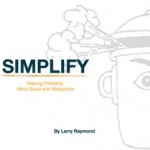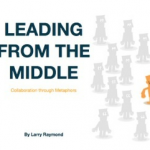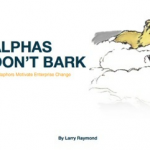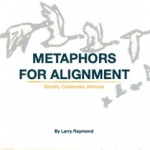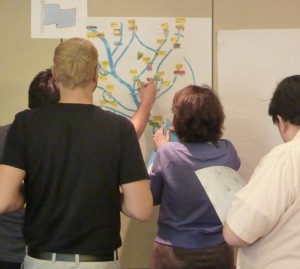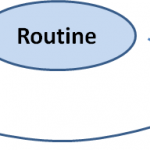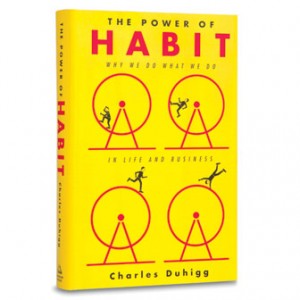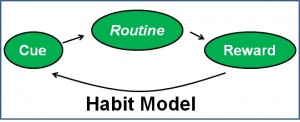I had the good fortune this week to speak with Abraham Laboriel, perhaps the greatest bass guitar player on the planet. He’s an engaging person and music is the love of his life. He’s also an extremely thoughtful guy and his conversation is full of metaphors:
“In contrast to many people in business, most musicians are not competing with each other. They do what they do and they get along in harmony. Just think about your head. Are your ears angry they don’t have the leading role your nose has? Does your chin think it can do better than your eyebrows?”
After thinking about his remarks, I realized that Metaphor Mapping directly addresses his point of how can people in a business get along as constructively and creatively as musicians. First, Village Mapping helps people think out and see how they interact as part of a business operation. It shows the overall context of their activities, what information is passed between them and what weaknesses they need to work on. Of course, it’s also a great tool for creating a vision of how they should work together in the future, where their values are put into operation and they develop habits of effective inter-working.
Second, the Facecards language gives very explicit definitions of roles and responsibilities of each person involved in an activity. Its visual nature and the clear symbolism of the Jack, Queen, King makes it emotionally clear as well.
The conversation went on to include: “I studied engineering for two years and I remember vividly an experiment a physics teacher did. He put a burner under a container of water with a thermometer in it. The temperature moved up steadily but then it stopped. And he asked us Why?
Hey, so we know the temperature stopped rising because the water started boiling. Changing the liquid to a gas used up the energy and stopped the temperature at the boiling point.”
Abe was relating a lot of things through this metaphor, including how musicians play together but there can come a time when they reach a whole new level. It changes the whole landscape.
I couldn’t help myself thinking about this and how it applies to business, and my own consulting. Village Mapping includes a volcano. Its message is: While you’re looking at your business operation (the buildings, roads, etc), remember to consider the possibility of changes that may totally re-make the landscape. A liquid changing to a gas, for example, might provoke the idea that portions of your business might move to the web. The thermometer that stays constant while the liquid is evaporating says, “don’t put full trust in your market surveys and measures of client satisfaction.”
I suspect Abe had a lot more wisdom to impart, but then his friends started jamming…
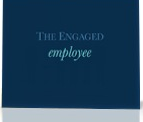
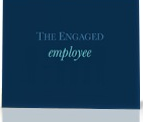 http://www.kaptasystems.com/resources/Employee_Engagement_ebook.pdf
http://www.kaptasystems.com/resources/Employee_Engagement_ebook.pdf
